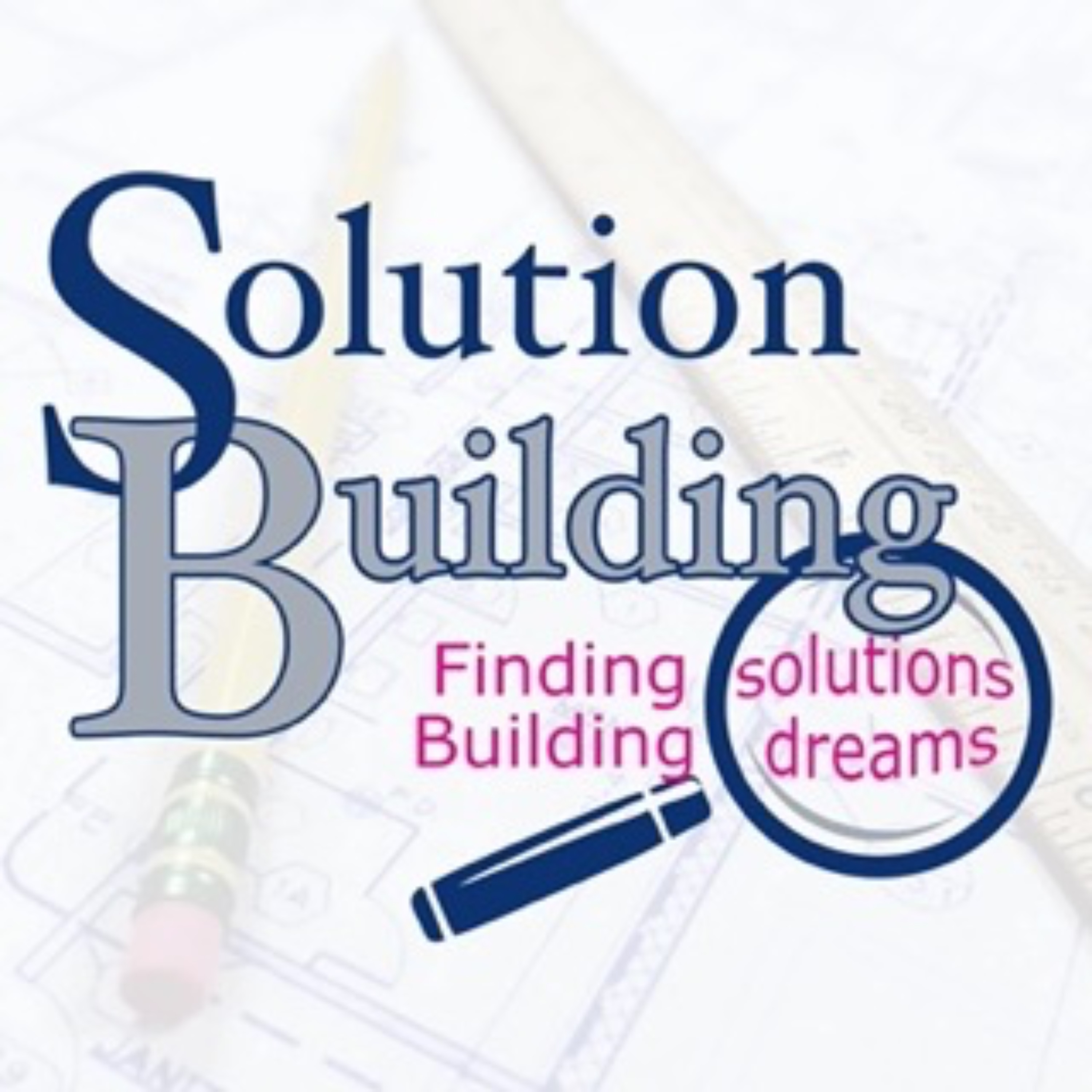Episode Transcript
It Starts by Asking the Right Questions
Another week has gone by and Gene’s looking forward to today’s meeting. As they wrapped up last week’s meeting, John indicated that they would “actually” learn the first step in the proposal system today.
As Gene enters SMR Construction Company’s conference room, John is sitting at his computer with a Power Point on the big TV ready to go. “Good afternoon, Gene. Are you ready to get started learning the first step for doing better proposals?”
“I’ve been looking forward to it all week long.” says Gene.
“Okay. There’s oriental takeout there on the counter. Fill a plate and let’s get started.”
As they fill their plates, John asks Gene,
“When you begin talking with a new customer, what’s the first thing you ask?”
Gene ponders the question as he sets down. “I ask them about their construction project. What is the work they want done? For example, are they wanting to add on a room addition or remodel the kitchen or do they want to replace the windows?” Then Gene continues “You know…
WHAT is it they want done?"
John responds, “This is the typical question asked by most contractors. Without a doubt, it’s a question that needs to be asked. But there’s another question that will help you serve your customers better in achieving their construction dream.
The most important question is WHY.
Why does the customer want to do this project? Do they need more space, does something need repaired or replaced, are they looking to make an area more usable, or is it just because they want to? Learning their “why” early helps clarify their “what”.
As the construction professional, it’s your job to guide the customer through this process. Most customers have very little if any experience doing construction projects. Often, they get ideas from DIY programs on TV or the internet, other people’s projects, etc. and they just want one of “those”, whatever that is.
Every project is as different as the customer. Without blueprints, specs or seeing the existing location, the chances of giving the customer the project they want is almost impossible. Unless they have a full set of blueprints and specifications to bid from, you need to gather the information for each specific project.
The customer will have a vague image in their mind of what they want. It’s the contractor’s responsibility to guide them to the realization of that dream.
Last week we talked about the documents and definitions that make up the proposal process. Here are the steps to preparing a proposal:
Gathering information
Preparing the Scope of Work
Pricing the Project
Quantities
Preparing the Proposal
The important thing when gathering information is to not overlook something. This is what makes the Bid Sheet so important. It includes a list of most of the different construction tasks that might be needed and provides space under each task for a brief description, dimensions, specific notes, drawings, etc.
A pre-determined list minimizes the possibility of forgetting something.
The information gathered can be recorded in whatever way works best for you. It can be handwritten on a printed out Bid Sheet template, or it can be entered directly to a Bid Sheet on a tablet, smart phone, or laptop.
Using the Bid Sheet minimizes overlooking things because the different areas of a construction project are already listed.
If you use an electronic device (tablet, smart phone, or laptop) to gather the information, you can enter it in the appropriate space on the Bid Sheet template. With most electronic devices now, you can either type, write, or draw right on the device.
Using an electronic device streamlines the process and reduces the chance of something getting overlooked. Be sure to keep a copy of the template for the project you are working on; this will leave a blank template for the next time.
Forgetting to include something in the proposal is a sure way to lose money.
There are over one hundred items listed on the Bid Sheet and it still doesn’t cover every possibility. Construction projects vary a lot. Even small projects can include a lot of different pieces. If you leave one of the pieces out, someone’s going to be disappointed.
Here’s an example of finding out the WHY:
When meeting with customer, Jane Smith, she explained that she wanted to add a laundry/sewing room to her house but didn’t know where to start or what it should include.
We asked her WHY.
We found that she loved to sew and did a lot of it. Currently she used the table in the main floor dining room for measuring and cutting and did the sewing on a machine in the basement. In addition, her washer and dryer were in two separate closets in the master bathroom. Both situations were inconvenient.
Finding out “her why” helped us to find solutions for building her dream.
Here’s an example of the information gathered on the Bid Sheet:”
As they were finishing up John said, “If you’re serious about doing better proposals and haven’t got your Building a Better Proposal Stystem yet, I would suggest that is the first thing you do.
I would recommend you use the Bid Sheet this week when you meet with a customer wanting a proposal. Bring it with you next week so we can use the information from the Bid Sheet to prepare a Scope of Work.”
If you’d like more information about the proposal system referred to in this blog post, you can check it out here or join us at the free Building a Better Proposal Workshop at 10:30 on Saturday, February 10th. Attendees will be able to get the proposal system at half price plus a 90-minute, one-on-one training on how to use it for free.
You can learn more about some of the other tools and training for building a successful construction business here. If you have any questions, schedule a free 30-minute construction company consultation.
Previous posts in this series:
What is “business clarity” and how do you find it?
What's it Take to Build a Successful Construction Company
It’s Time for the First Meeting
Being Aware of Bid Mistakes is the Best Way to Avoid Them
Building Anything is Better When You Start with a Plan


